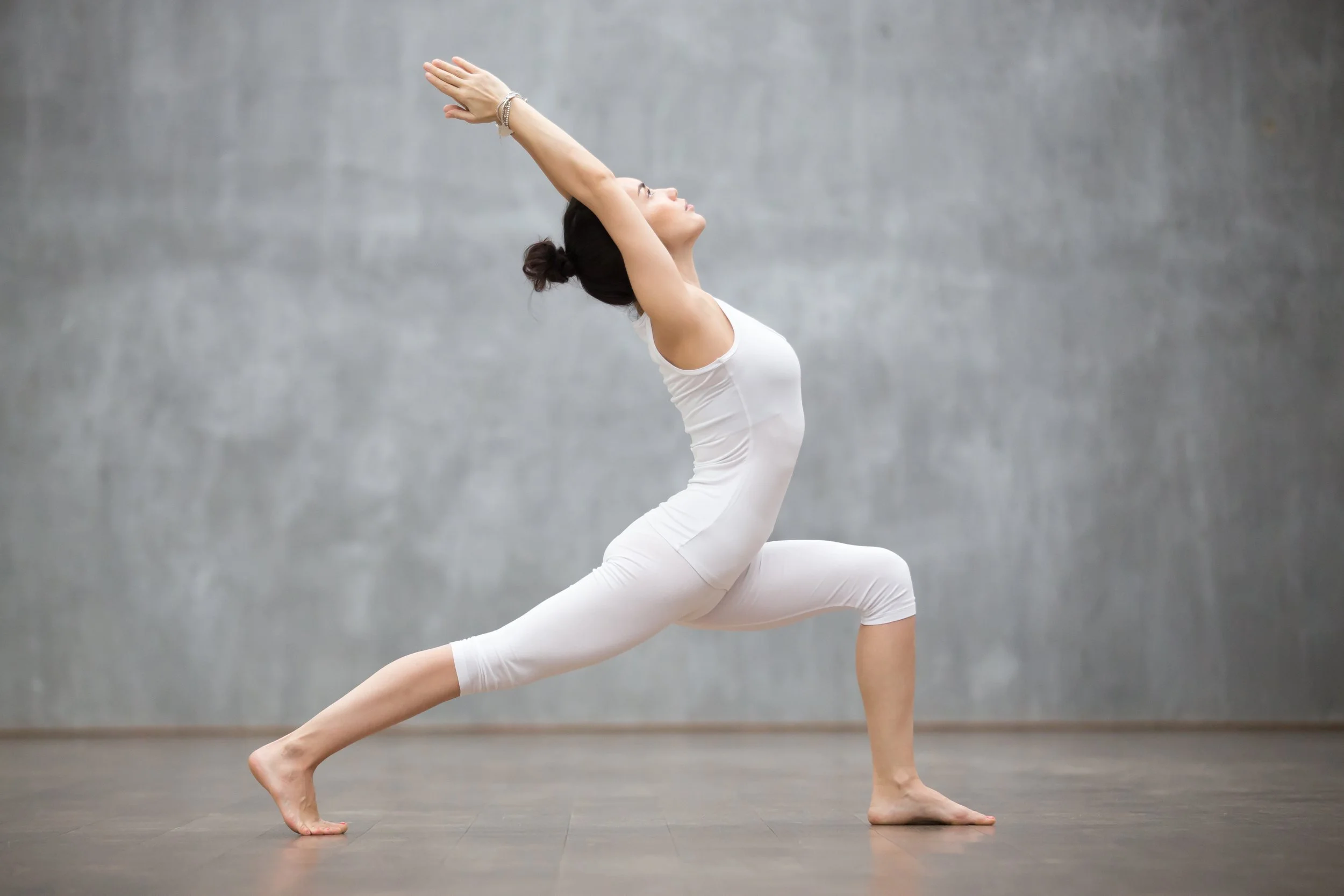Demystifying Asana, Virabhadrasana, Vrksasana-Video.
If you have taken our yoga class or any then you must be familiar with the term “Asana”, it simply means "pose" or "position. It is the asana at the end of a practice, when you just lay still and breathe deeply.
Asana
“Asana” is used to refer to yoga poses and postures. Sadly, the word “pose” has some unfortunate connotations. It’s often likened to posing for something instead of ourselves but when we think of it as a posture or in its original meaning which is “seat”; then we think of it in terms of how we arrange our body.
It is important to remember that the first and potentially deepest meaning of yoga pose is a stable and sweet place to be not a fancy act. Yoga is a way of arranging your body in a way that you can explore sensations inside a position that is stable and steady. Honestly, it doesn't always feel good because some “Asanas” are very strenuous but beneficial.
During practice, we often call the mind whatever creates stability and ease in the body and in the internal landscape. We also tend to stay in our heads, however, what we are really trying to create is a sweet and steady place to be by sensing and occupying our own bodies.
In sided poses where one side of the body is doing something different from the other, we almost always want to do once on each side. When the legs are far apart, it provides even more stability which is fantastic if you are experiencing stability challenges.
Virabhadrasana
Virabhadrasana comes from two root words, “Vira” means Hero and “Bhadra” means friend. Virabhadra was a mythical warrior and that is why this pose is often called “warrior pose”. It opens the hips to the side then the other. Oftentimes, we take it to one side, we take it to the other side.
All yoga poses have an element of balance. In this pose we balance out on one leg. You can get into the pose in different ways; from standing which is referred to as Tadasana, mountain pose or standing pose. Alignment could be heel to heel or a heel to arch and neither one is perfect for everyone. To learn more about foot alignment for balance, you can watch this video for more clarification.
Vrksasana
Finally, Vrksasana is another one-legged balance pose also known as “Tree pose”. You start out the pose by opening one knee out to the side then you take it to the heel of the ankle, the arch of the foot over the calf.
Once you have lifted the leg off the ground you want to press the muscle into the foot and vice versa. Then lift that core line up, the inner thighs, the space in front of the sacrum under your heart.
So you are elevating the pelvic floor, then drawing strings together. You can always take the foot higher but avoid placing it close to the knee cap. You can also start with a prep; which involves lifting the knee out in front then open and lift. More instructions on asana, virabhadrasana, vrksasana are here.
Subsequently we will learn how to support your balance in Vrksasana. Until then fly, explore, sense and play! Happy yoga day!



